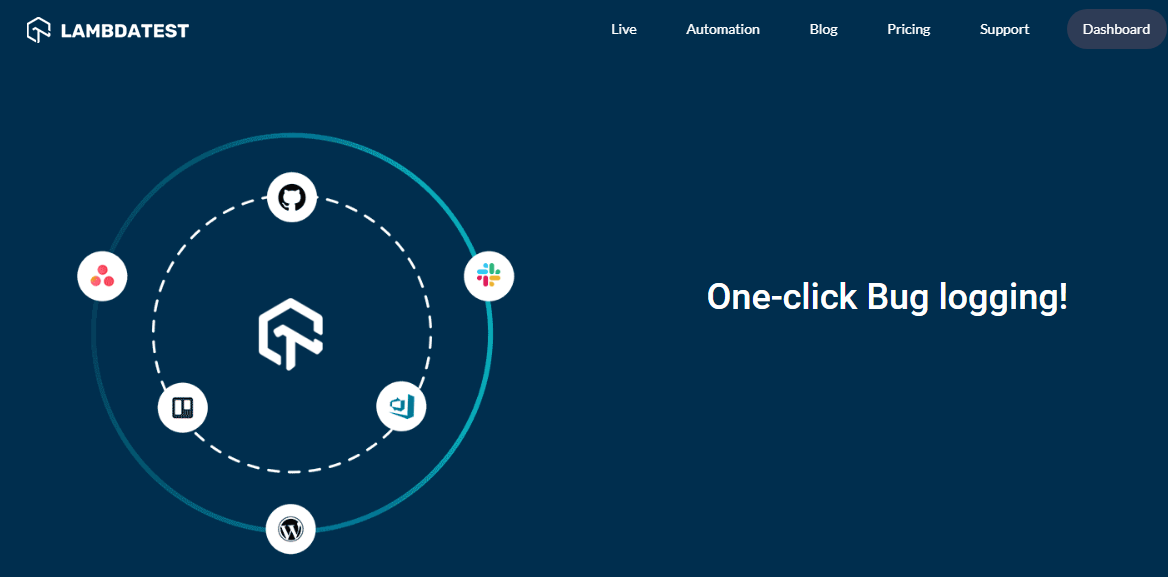Whether you plan to develop a website on your own or hire an expert to take care of it, it can be helpful to familiarize yourself with the most common and useful programming languages used in web development. The language you select will depend on multiple factors, including the target platform, ensuring a language domain match, efficiency, expressiveness, time to production, project size, tool support, library availability, performance, and elasticity.

JavaScript
Many developers consider JavaScript to be the go-to programming language for client-side scripting. This language does an excellent job with interactive elements, such as popup screens, animations, sliders, drop-down menus, games, and menus. Websites using JavaScript also can remain interactive even if the internet connection briefly drops.
JavaScript is popular for many reasons, including the ability to quickly build applications and the way that this language treats objects. Specifically, JavaScript is highly functional since every function in this language is a first-class object.
Other strong points in favor of JavaScript include its dynamic nature and the fact that it is highly structured, including a planned and proper syntax derived from C. For all its benefits, JavaScript does have a few quirks that can frustrate programmers. However, this has been overcome with a lengthy list of libraries, each of which solves problems in a unique way.
Java
Sun Microsystems developed Java during the 1990s. This language is class-based and object-oriented, remaining incredibly popular today. Java is one of the most in-demand languages, and it tends to be a standard platform choice for enterprises as well as games and mobile developers. Java works across multiple platforms, meaning it can run on Windows even if it was designed for Mac, which enhances its popularity.
Initially, Java was created for interactive television. However, it was not long until the developers realized its technology and language were better suited for other purposes, as interactive television was not ready for it. During the development of Java, the team focused on ensuring it was architecture-neutral and portable; interpreted, dynamic, and threaded; capable of high-performance implementation and execution; secure and robust; and a simple language that was object-oriented and would quickly become familiar.
Python
Another of the most widely used programming languages that serve a crucial role in web development, Python is considered all-purpose and dynamic. Since Python is dynamic, developers can run and write the code without requiring a compiler. The language design also supports the ability to read the code, so you only need several lines of code to get to a concept or point. Despite being advanced and high-level, Python is simple for beginners to learn and fully understand.
Python is incredibly popular among various applications and web platforms, including use by Google, Yahoo, NASA, Django, Rdio, Pinterest, and Instagram. Additionally, Python has a dynamic type system, a large library, and automatic memory management, and it supports many paradigms. The goal behind the development of Python was to make it highly extensible, so it is simple to embed into existing applications.
Ruby
In some ways, Ruby is like Python since it is also an interpreted language with an emphasis on the productivity of the programmer thanks to the simple, short syntax. The main difference is that Ruby allows programmers to be flexible while Python follows the philosophy of there only being a single proper way.
Ruby on Rails, an open-source framework, helped make Ruby one of the programming languages of choice for back-end web development. This MVC framework makes its focus “convention over configuration,” which lets developers easily bootstrap a project that is based on best practices that are proven.
Ruby was the original choice for Twitter, although that social media platform has since changed to a combination of Java and Blender. Some websites that still use Ruby include Groupon, Shopify, Basecamp, and Hulu.
PHP
PHP is incredibly widely used, with a 2017 report indicating that 82.9 percent of websites include it in their back-end tech stacks. PHP was first released in 1995, and this is a scripting language that embeds HTML. PHP is commonly used for website builders, such as Joomla and WordPress. It is also used on the back-end stacks of Wikipedia, Facebook, and Baidu, among others.
PHP is commonly paired with JavaScript and is a popular choice due to its compatibility, availability, and ease of use. Over the years, PHP grew from a scripting language to a general-purpose programming language. There are many tutorials for those who want to begin using PHP, and the developers behind the programming language continue to provide frequent upgrades. PHP version 7, for example, doubled the speed, improved error handling, and updated the engine.
HTML
While many web developers rely on more advanced programming languages, web fundamentals continue to use HTML. HTML is considered to be the standard markup language for the web. As a markup language, HTML is the most common method of annotating text documents with syntax to determine its presentation. The HTML markups commonly used today let the browser know the structure of the webpage that the developer wants, including text, links, titles, headings, and other elements.
CSS
CSS is the other fundamental programming language that still has a place in web development. CSS stands for Cascading Style Sheets and is considered a style-sheet language. With CSS, developers have additional control over the layout, overall design, fonts, and color. CSS is used in conjunction with HTML, with HTML focusing on structure and CSS focusing on presentation. When dealing with a static website, CSS and HTML will be enough to program the page. However, few pages today are static, which is why the other programming languages come into play.
Honorable Mentions
While the above are the most popular programming languages for web development, they are far from the only ones. Both C and C++ are common for many purposes, including web development. C# is the Microsoft counterpoint to Java and combines C++ with C. It is specifically used for Microsoft’s .NET platform and is the language of choice for websites on the Microsoft ecosystem. Google released Go, or GoLang, in 2009 with the goal of developing a language that works with scalability and has a clean, concise code. Swift is a general-purpose programming language. Despite being introduced in 2014, it has quickly grown in popularity.







